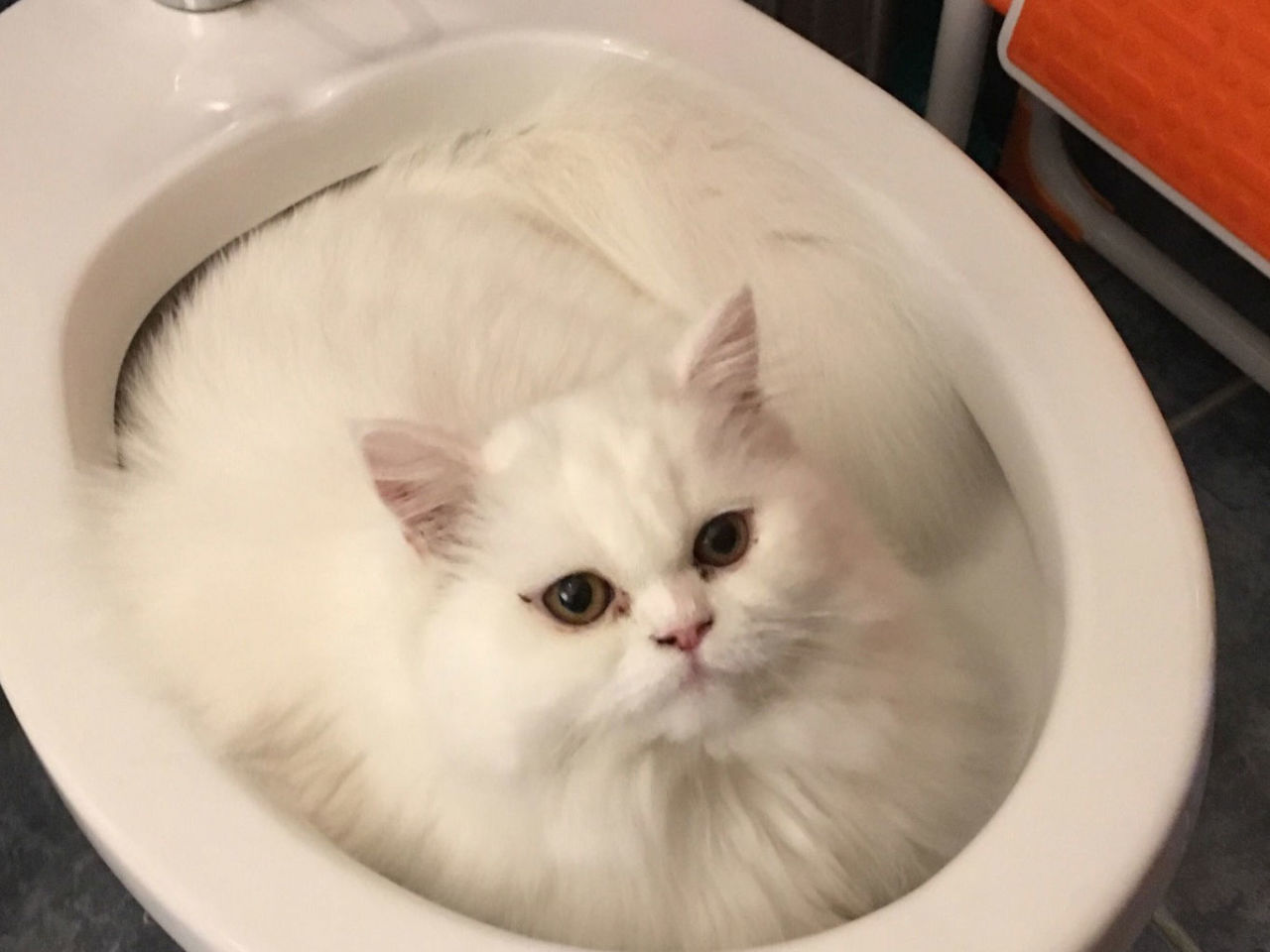Reasons Flushing Cat Poop Down Your Toilet Isn't a Good Idea - Advice for Proper Disposal
Reasons Flushing Cat Poop Down Your Toilet Isn't a Good Idea - Advice for Proper Disposal
Blog Article
Just about everyone has their unique idea about Can You Flush Cat Poop Down The Toilet?.

Intro
As pet cat proprietors, it's necessary to be mindful of exactly how we throw away our feline close friends' waste. While it might appear hassle-free to flush pet cat poop down the bathroom, this practice can have destructive consequences for both the environment and human health.
Alternatives to Flushing
Luckily, there are safer and extra accountable means to take care of pet cat poop. Think about the adhering to options:
1. Scoop and Dispose in Trash
One of the most common approach of taking care of feline poop is to scoop it into a biodegradable bag and throw it in the trash. Be sure to utilize a dedicated trash scoop and get rid of the waste immediately.
2. Usage Biodegradable Litter
Select eco-friendly feline litter made from materials such as corn or wheat. These trashes are environmentally friendly and can be safely thrown away in the trash.
3. Bury in the Yard
If you have a lawn, take into consideration hiding cat waste in a marked location away from vegetable gardens and water resources. Make certain to dig deep adequate to avoid contamination of groundwater.
4. Install a Pet Waste Disposal System
Buy a pet dog garbage disposal system particularly made for feline waste. These systems use enzymes to break down the waste, minimizing odor and ecological effect.
Health and wellness Risks
Along with ecological worries, purging pet cat waste can also pose health and wellness risks to human beings. Cat feces may consist of Toxoplasma gondii, a bloodsucker that can create toxoplasmosis-- a possibly severe disease, especially for expecting ladies and people with damaged body immune systems.
Ecological Impact
Flushing cat poop introduces damaging microorganisms and bloodsuckers right into the water, posing a significant risk to aquatic communities. These pollutants can adversely influence aquatic life and concession water quality.
Conclusion
Responsible animal ownership extends past providing food and sanctuary-- it additionally includes proper waste management. By refraining from purging pet cat poop down the commode and selecting alternate disposal techniques, we can reduce our environmental impact and shield human health.
Why Can’t I Flush Cat Poop?
It Spreads a Parasite
Cats are frequently infected with a parasite called toxoplasma gondii. The parasite causes an infection called toxoplasmosis. It is usually harmless to cats. The parasite only uses cat poop as a host for its eggs. Otherwise, the cat’s immune system usually keeps the infection at low enough levels to maintain its own health. But it does not stop the develop of eggs. These eggs are tiny and surprisingly tough. They may survive for a year before they begin to grow. But that’s the problem.
Our wastewater system is not designed to deal with toxoplasmosis eggs. Instead, most eggs will flush from your toilet into sewers and wastewater management plants. After the sewage is treated for many other harmful things in it, it is typically released into local rivers, lakes, or oceans. Here, the toxoplasmosis eggs can find new hosts, including starfish, crabs, otters, and many other wildlife. For many, this is a significant risk to their health. Toxoplasmosis can also end up infecting water sources that are important for agriculture, which means our deer, pigs, and sheep can get infected too.
Is There Risk to Humans?
There can be a risk to human life from flushing cat poop down the toilet. If you do so, the parasites from your cat’s poop can end up in shellfish, game animals, or livestock. If this meat is then served raw or undercooked, the people who eat it can get sick.
In fact, according to the CDC, 40 million people in the United States are infected with toxoplasma gondii. They get it from exposure to infected seafood, or from some kind of cat poop contamination, like drinking from a stream that is contaminated or touching anything that has come into contact with cat poop. That includes just cleaning a cat litter box.
Most people who get infected with these parasites will not develop any symptoms. However, for pregnant women or for those with compromised immune systems, the parasite can cause severe health problems.
How to Handle Cat Poop
The best way to handle cat poop is actually to clean the box more often. The eggs that the parasite sheds will not become active until one to five days after the cat poops. That means that if you clean daily, you’re much less likely to come into direct contact with infectious eggs.
That said, always dispose of cat poop in the garbage and not down the toilet. Wash your hands before and after you clean the litter box, and bring the bag of poop right outside to your garbage bins.
https://trenchlesssolutionsusa.com/why-cant-i-flush-cat-poop/

Do you appreciate more info about How to Dispose of Cat Poop and Litter Without Plastic Bags? Create a remark further down. We would be interested to hear your opinions about this blog posting. In hopes that you come back again later on. For those who enjoyed our post if you please make sure you remember to pass it around. Thanks a lot for your time. Please stop by our site back soon.
Click Here Report this page